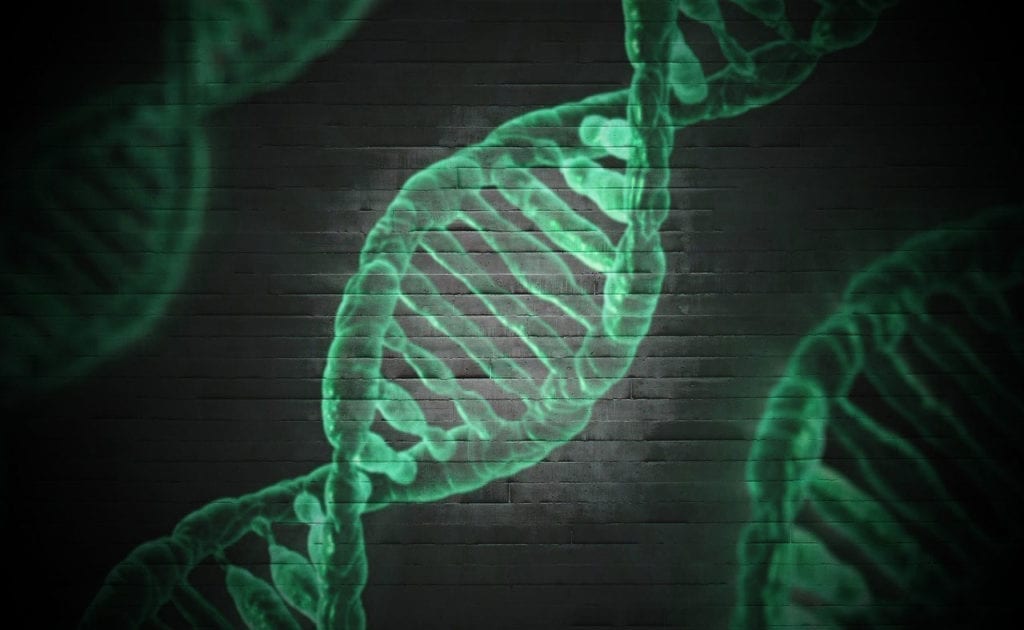A seemingly healthy baby was born in China. But as she grew up, her family started noticing that their daughter wasn’t hitting motor milestones. She didn’t start walking until she was nearly 1.5 years old. Then, by five years old, the girl started experiencing muscle weakness and numbness throughout her body. Eventually, she received a diagnosis of Charcot-Marie-Tooth disease, or CMT. But doctors uncovered a novel cause. Learn more in their article within Journal of the Peripheral Nervous System.
Charcot-Marie-Tooth (CMT) Disease
Charcot-Marie-Tooth disease (CMT) is a rare and inherited neurological disorder that impacts the brain and spinal cord’s peripheral nerves. The disease differs based on its genetic mutations. For example, someone with a CMT1 mutation may experience different symptoms or progression than someone with a CMT3 mutation. There are over 90 genetic mutations resulting in CMT.
However, in most cases, patients do share specific symptoms: nerve degeneration and poor nerve-muscle communication. Symptom onset usually occurs between adolescence and early adulthood. Symptoms of CMT include muscle weakness and atrophy in the hands and lower legs, foot deformities, difficulty with walking, and problems with fine motor skills. Learn more about CMT.
Uncovering the Novel Mutation
By age 11, the girl was experiencing even more issues: foot drop, a high foot arch, and muscle atrophy in her arms and legs. She had little to no tendon reflexes, and her nerves were not reacting properly to stimulation. This means that her nerves were not helping to control body movement.
Soon, doctors recommended genetic testing. Ultimately, this uncovered the cause of her symptoms: two mutated MCM3AP genes. Basically, the girl inherited one mutated copy from each parent.
Previously, MCM3AP mutations were linked to CMT. Her paternal MCM3AP gene had a c.2633G>A mutation, which has been seen before. This changed one amino acid (arginine) in its protein to histidine.
However, her mother’s mutation was completely novel: c.5634-1G>T. This means it has never been seen before in any other patients! It messes up RNA splicing, creating a shorter (and more defective) molecule.
Next, researchers sought to understand how genetic mutations caused specific symptoms. They split additional study participants with some form of MCM3AP mutation into two groups:
- Group One: 9 participants with a null mutation that prevents gene functionality.
- Group Two: 8 participants with missense mutations, which change the singular amino acid.
Patients in Group One had more severe symptoms and CMT progression than those in Group Two. Additionally, Group One participants were diagnosed at younger ages and struggled with intellectual and physical delays.
Read the original article here.







